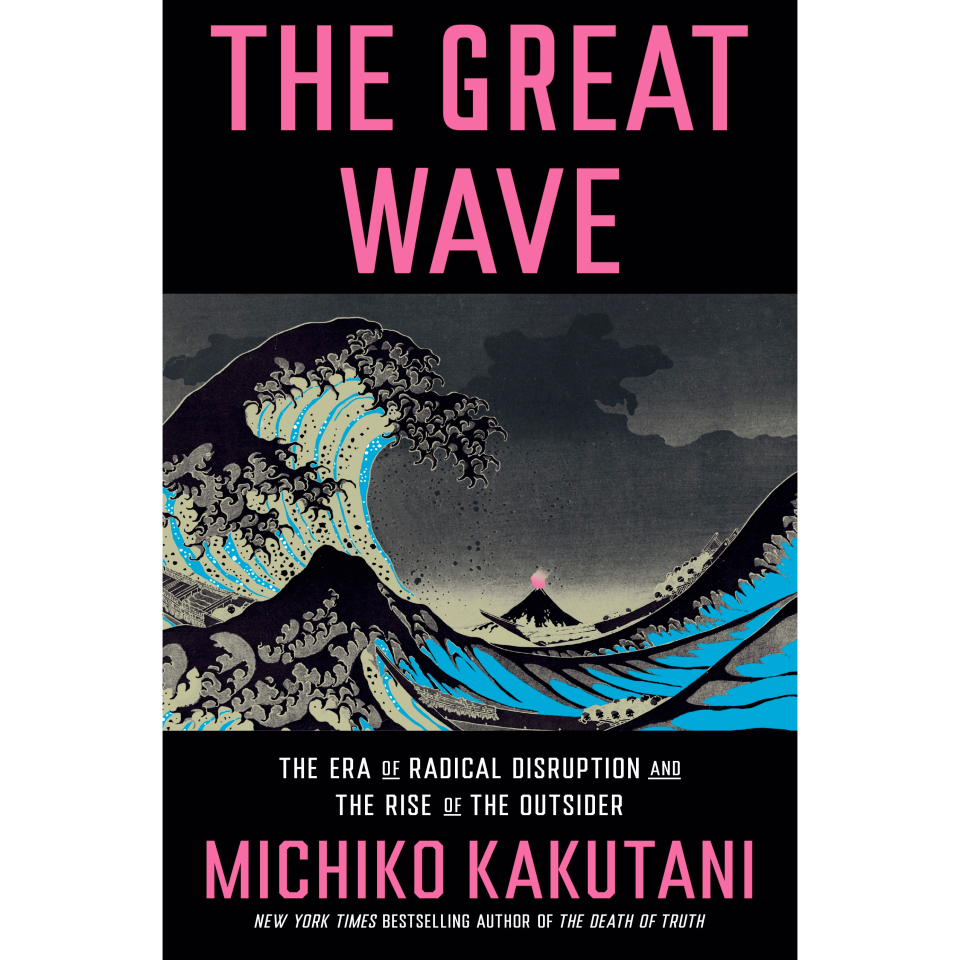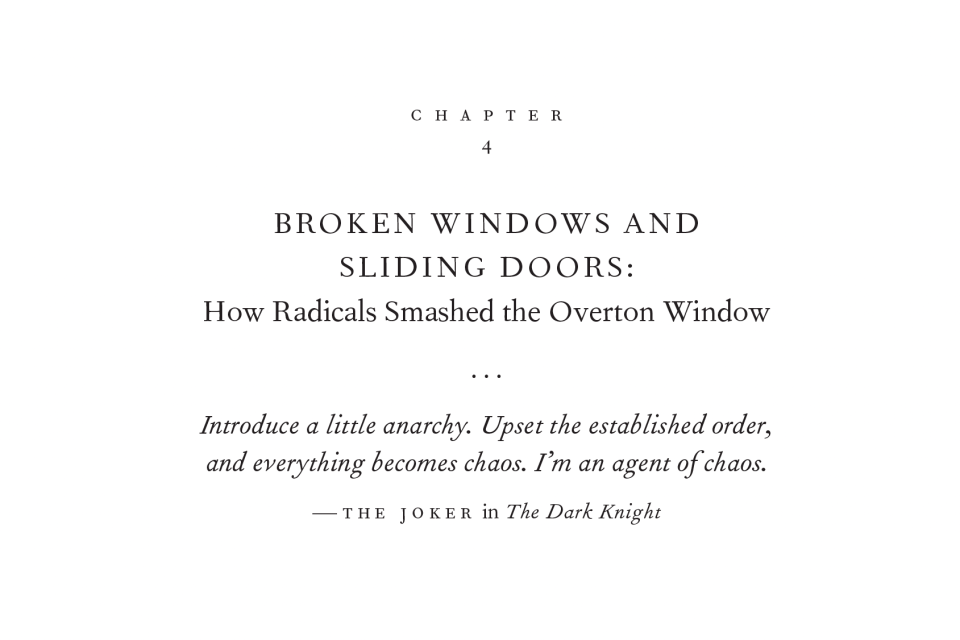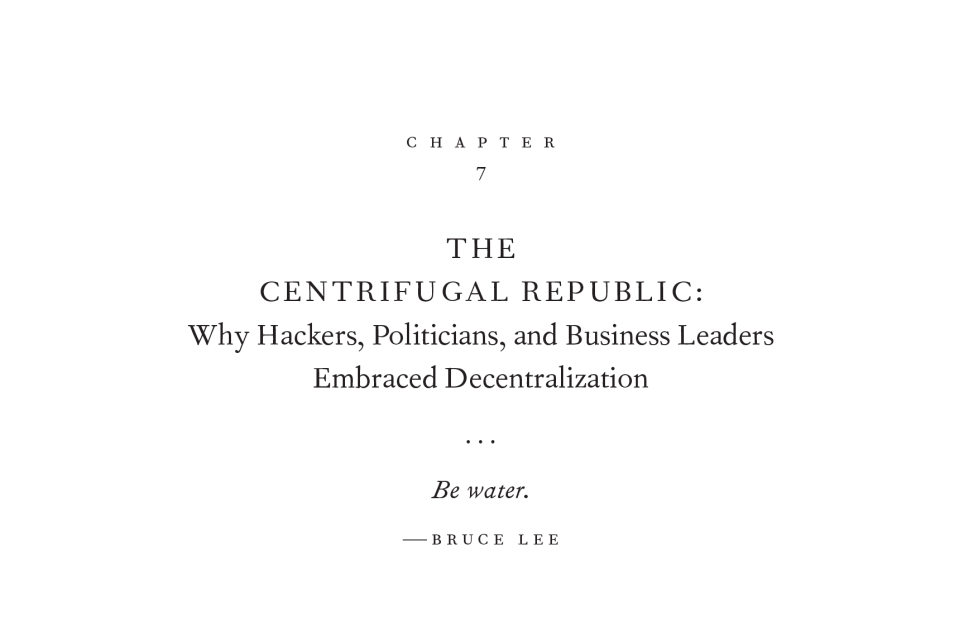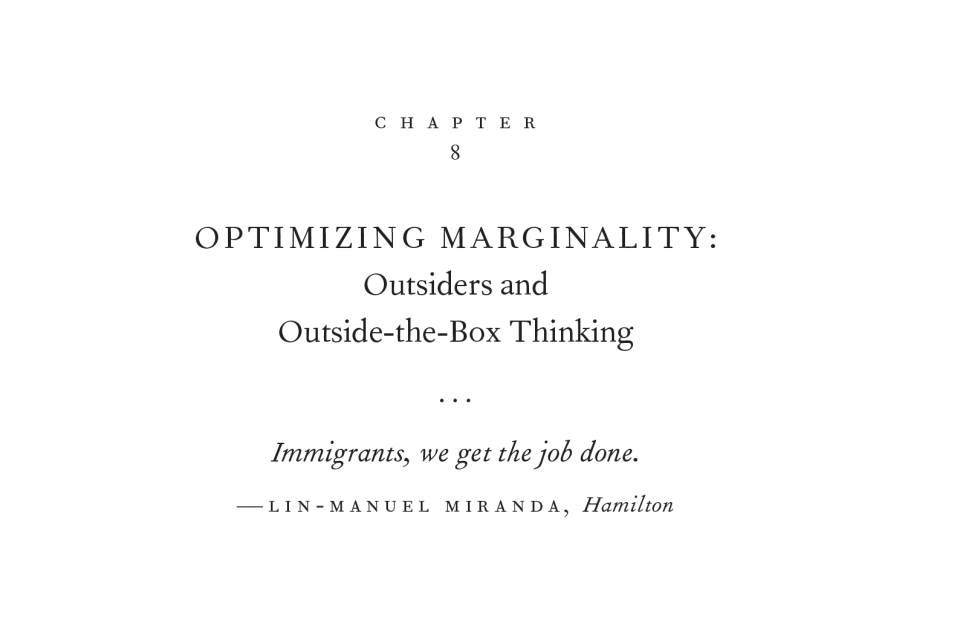She Was the Most Feared Woman in Publishing. What Happened?
- Oops!Something went wrong.Please try again later.
- Oops!Something went wrong.Please try again later.
It’s hard to explain just how much power Michiko Kakutani once seemed to have in publishing. The New York Times’ book critic from 1983 to 2017, Kakutani weighed in on every important novel, memoir, and nonfiction book, speaking with the institutional authority of the world’s most important newspaper. For most of her career there was no Goodreads, no BookTok, no Amazon. For the Manhattan-centric publishing industry, Kakutani’s was the voice that rang the loudest.
A Times reporter elevated to the critic’s chair at 28, she often seemed to approach the job of book reviewing as a reportorial one: She took great notes, she assembled them smartly, and she moved on to the next story. Kakutani did seem to take seriously the reviewer’s role as consumer guide. “My job as a critic was to give honest evaluations of new books and to try to explain why I thought they were worth reading—or not,” she said after she left the paper. She didn’t shy away from the question that some critics find oversimplified, or even demeaning: Well, was it good?
There were times that a rave from her seemed to make a writer’s career: Mary Karr, for example, said that Kakutani’s laudatory review of her memoir The Liars’ Club felt “like having the good fairy touch you on your shoulder with her wand.” But what people mostly remember about Kakutani were her pans. She was, to her credit, fearless in print—indeed, seemed to take special delight in cutting literary lions down to size. With richly deserved hatchet job after richly deserved hatchet job, she drove Norman Mailer to distraction, such that he finally responded with a racist rant. Other writers took it on the chin with a little more grace. Nicholson Baker joked that reading her review of A Box of Matches was “like having my liver taken out without anesthesia.” Lorrie Moore once slyly remarked that “a writer friend” likes to lean over babies’ bassinets and bless them thus: “May you never be reviewed by Michiko Kakutani.”
Rereading those pans now, they often feel arbitrary and not argued with any particular verve. Kakutani’s response to an author’s career often followed a recognizable pattern, which Margaret Atwood described as “praising you one time, and then nuking you the next, just so you don’t get complacent.” You can see this pattern in Kakutani’s treatment of Zadie Smith, whose 2000 debut, White Teeth, certainly benefited from Kakutani’s plaudits. Two years later, Kakutani seemingly couldn’t wait to compare the follow-up, The Autograph Man, unfavorably: It was “dour where White Teeth was exuberant; abstract and pompous where White Teeth was brightly satiric; tight and preachy where White Teeth was expansive.” On Beauty, three years later? “After the weirdly sodden detour she took with her last novel … Ms. Smith has written a wonderfully engaging, wonderfully observed follow-up to her dazzling 2000 novel White Teeth.”
And she could keep it up for decades! NW in 2012: “Like her disappointing second novel, The Autograph Man, NW and its paper-doll-like characters do a disservice to this hugely talented author.” Finally, in 2016, she seemed to exhaust herself, declaring Swing Time half good, half bad. The actual truth is that all these books are pretty good, and a more interesting critic, a more stylish one, might have found fruitful terrain in writing about the very different goals Smith had set herself and the ways in which those goals followed or bucked against certain trends in the fiction of the day.
But style was not the point for Kakutani. When she wasn’t impersonating a creaky fictional character, her reviews were more or less voiceless, substituting bland tics (like her much-mocked dependence on the word limn) for crackling prose. Or perhaps a better way to say it is that her only voice was authority, the Timesian declaration of critical judgment. She never wrestled with a book, not publicly, unlike many of the critics who have followed her at the Times. She delivered her reviews with the serene assurance of the always-right, secure in her belief that she could even see into writers’ hearts to see just how deeply they were feeling.
Though she was a Pulitzer-winning star in an age when critics could still be stars, she didn’t act like one. She avoided the literary party circuit and shared so little about her life that a publicist once cracked, “We know more about J.D. Salinger.” Such was the mystery surrounding her that a rumor spread that she had dated Woody Allen, based seemingly on nothing but the fact that she interviewed him at Elaine’s and the results ended up in the Paris Review. In 1999 the new satirical website McSweeney’s had one of its first big hits with a gag essay by a white guy titled “I Am Michiko Kakutani.” Even recently, the comedian Bowen Yang, searching for a surprising Asian character to portray in his Saturday Night Live audition, chose Kakutani, and created a larger-than-life monster to play off her shy, reclusive image.
And then, in 2017, she took a buyout and departed the Times. She’s returned to the paper now and then, mostly to write about owls, but at age 69 she’s carved out an unlikely second career as an author—not primarily of literary criticism, though she did release one of those “books to read before you die”–type deals, the 401(k) of the retired reviewer. Kakutani’s real passion seems to be for diagnosing our modern maladies, serving as an anti-Trump chronicler of our era’s absurdities, first in 2018’s bestselling The Death of Truth: Notes on Falsehood in the Age of Trump and now with The Great Wave: The Era of Radical Disruption and the Rise of the Outsider.
Why has a respected and feared book critic turned to writing books, and particularly these kinds of books? Why does Michiko Kakutani want to be David Brooks, or Yuval Noah Harari, synthesizing potted history and the Way We Live Now between the pages of hardcovers? And … well … is it good?

The Great Wave takes as its cover image and central metaphor Hokusai’s 1831 woodblock print of a stormy sea framing a distant Mount Fuji. “The great wave of change breaking over today’s world,” Kakutani writes in the book’s introduction, “is sweeping away old certainties and assumptions and creating an inflection point of both opportunity and danger.” But if you’re not feeling that metaphor, she’s got others! That introduction is rich with buzzwords meant to drive home the unique nature of our contemporary problem: In addition to the aquatic imagery, Kakutani mentions “the military acronym VUCA” (volatility, uncertainty, complexity, and ambiguity), “the butterfly effect,” “future shock,” and “adaptive breakdown.” In one paragraph she name-drops Trump, COVID, income inequality, and artificial intelligence, then adds that “looming over all of this, like Godzilla, is the dark cloud of climate change.”
Kakutani declares the 2020s a “hinge moment” in world history, and describes other such inflection points: the late Middle Ages, the end of the Gilded Age, the years between the world wars. These pages have the feel of a helpful teacher skimming through the textbook for our benefit, but even the most casual reader of history will find herself unsurprised by Kakutani’s glosses on complex moments of change. Oh, word? The Spanish flu compounded the already tectonic changes wrought by industrialization? You don’t say.
The chaos of those eras, Kakutani suggests, is suggestive of the chaos through which we’re all living now. But in attempting to limn that chaos, Kakutani reveals the shortcomings of synthesis. It simply is beyond her abilities to evoke the modern era with any kind of individual, creative language. All she has are references, and all her references are basic as hell. “It’s difficult to convey just how strange life in the third decade of the third millennium has become,” she posits. “It often feels like a preposterous mash-up of political satire, disaster movie, reality show, and horror film tropes all at once.” She laments that 2024 feels less like the future of The Jetsons and more like the future of Black Mirror.
In later chapters, as Kakutani explores the current cultural landscape, she name-drops plenty of interesting writers, musicians, and artists, from Kendrick Lamar to Jackie Sibblies Drury to Bad Bunny to “the remarkable Bowen Yang.” (I sincerely hope someone sent her a tape of his audition.) She includes a list of “first- and second-generation immigrants” whose work defines the modern literary landscape, which is only slightly updated from a list she gave the Guardian in 2020. She runs through such famous American “heroic outsiders” as Humphrey Bogart in Casablanca, Dustin Hoffman in Rain Man (?), and Leonardo DiCaprio in The Aviator (?!).
It’s all a gloss, that is to say, names cherry-picked to support trend-piece-level arguments about the evolution of culture. “Around the same time that graphic novels and manga were going mainstream, there was a surge of interest in fantasy and science fiction,” she writes confidently, tossing out, as examples, the very obviously unrelated phenomena of Star Wars and Maus. Any number of critics I know would be surprised to read her conclusion that unlike the metafictional novelists of the 1970s or the miniaturists of the 1980s, “the twenty-first century’s most influential artists tend to look outward toward the world at large and the unfurling vistas of history.” Yes, I thought, nodding—that’s why they call the most notable literary movement of the past 10 years autofiction, because it’s looking autward.
The buzzwords, jargon, and tired cultural references reach their apogee in Kakutani’s chapter headings, which read like baroque PowerPoint slides for an undergraduate survey course about all the shit we’re already thinking about every minute of every day. I simply cannot decide which of these induced in me the deepest, most soul-weary shudder. I think it’s a three-way tie, between

and

and

There’s a role for books like this, I understand. The Great Wave will likely join other such flight-length skims on airport-bookstore display tables, offering 190 pages of synthetic, Resistance-y culture crit with a hint of literary flair—Thomas Friedman for people who like Pynchon. But it’s so impersonal, so disheartening, barely a book at all, really. Michiko Kakutani, expert reviewer, has reviewed the past 10 years. She’s read everything there is to read on the internet, and taken extensive notes, and now she’s delivering her take. Well, was it good? No—it was bad.

